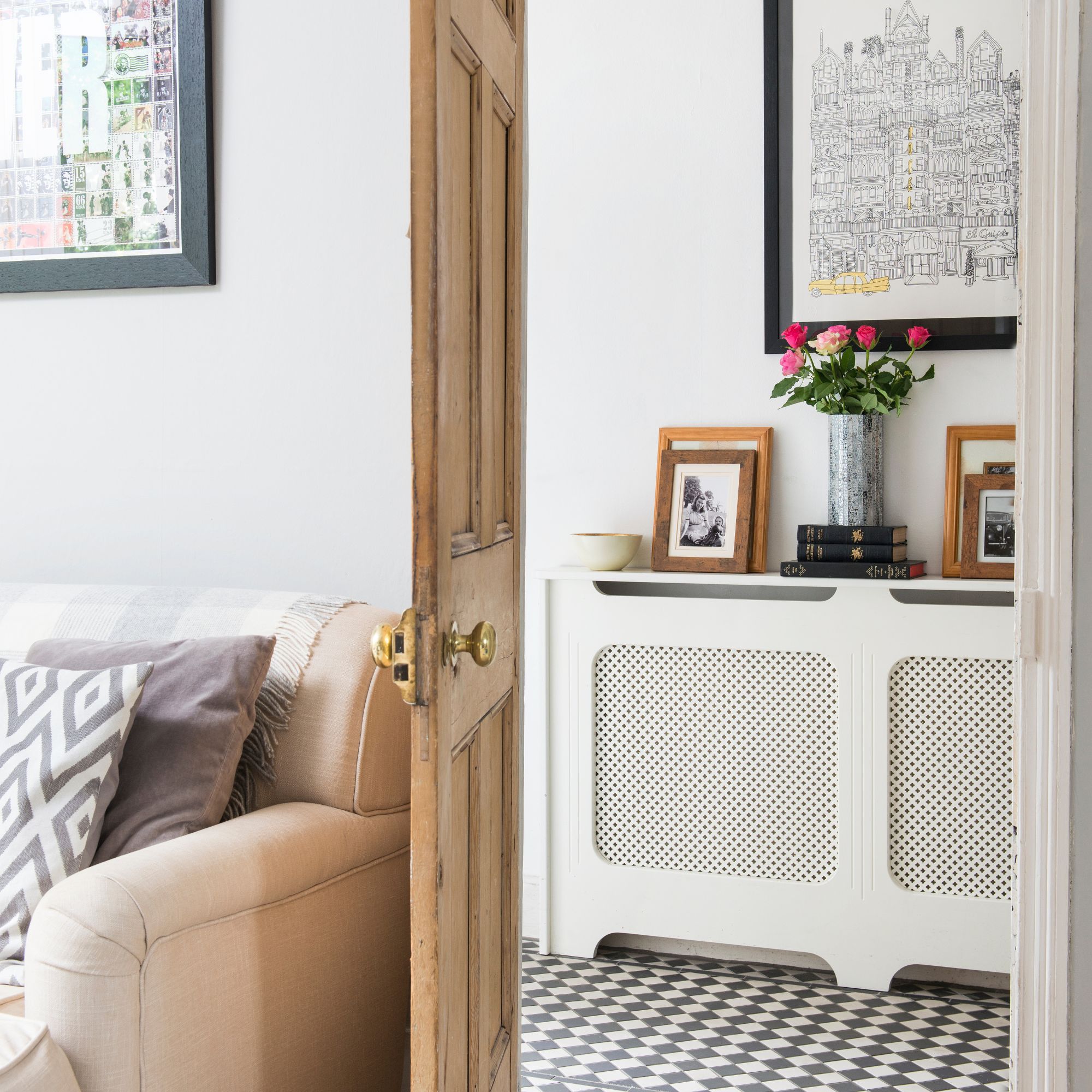
Keeping your home at the right humidity can prevent damp, mould, and condensation and improve the air quality around you. But how can you ensure your home is in the right humidity range? If only there was a way of measuring it…
Luckily, there is - and it’s called a hygrometer. Calculating the humidity in the air, the device lets you know when the levels are too high - which is when you may want to switch on your best dehumidifier - and when the levels are too low, which is when you may benefit from a humidifier.
Installing a hygrometer is one of the simplest ways to detect humidity in the home, and with models costing less than £10, they’re an affordable option, too. We asked the experts just how beneficial it is to install a hygrometer.

How does a hygrometer work?
You’re probably wondering what should the humidity be in a room? It’s true, there is no point in investing in a hygrometer if you don’t know the ideal reading - and the answer is between 40% and 60% as it will balance out the moisture in the air.
Your hygrometer will measure the humidity and display it on an easy-to-read sensor screen. A hygrometer works: ‘by using a wet and a dry bulb, and when placed in a room, the temperature difference between the two bulbs will help to determine the surrounding humidity,’ says James Longley, Managing Director at Utility Bidder
‘Some also measure the room’s temperature and can indicate when the room is at an ideal humidity level (between 40 and 60% relative humidity). A lounge or bedroom is a recommended place to put a hygrometer, and if put in a bathroom or kitchen, the readings will be inaccurate because of the steam from cooking or showering.’
Hygrometers that record the temperature of a room are called thermohygrometers and are recommended over standard hygrometers by Chris Michael, managing director of Meaco.
This hygrometer will show the highest and lowest humidity levels of the day, helping you see the times of day your home is most humid - and at more risk of damp.
This pack of three allows you to add a hygrometer to each floor of your home. Or, you could pop one in your greenhouse to ensure the humidity is correct for your plants.
This thermohygrometer is accurate to ±2%RH. You can even sync the device to your phone to monitor humidity levels when you're not there.
How accurate is a hygrometer?
‘There are thousands of cheap and cheerful thermohygrometers on the market and they should be seen as a guide, and not as being 100% accurate,’ advises Chris.
‘Most have an accuracy of +/-5%rh, this means that if the display says that it is 55%rh, this means that the relative humidity is somewhere between 50 and 60%rh. Temperature is a lot easier to measure and the temperature readings will be a lot more accurate.’
The accuracy of your hygrometer also depends on the type of device you purchase.
‘A digital hygrometer has more precise readings than an analogue one, as it uses advanced electronic sensors that can quickly deliver highly accurate humidity readings,’ says James.
Typically, your hygrometer will be accurate enough for day-to-day, household use. It will give the correct range so you know if your humidity is too high or too low. However, if you do want the best hygrometer, Chris recommends these brands.
‘Unless you buy a thermohygrometer from one of the established commercial suppliers like Testo, Rotronic or Vaisala then you can expect your thermohygrometer to drift over time. For those that have a traditional watch or clock the concept of a watch losing or gaining time is familiar, my watch is two minutes fast or five minutes slow.’
James also recommends the ThermoPro TP55 Jumbo Touchscreen Hygrometer which costing under £15 on Amazon, is a great, affordable choice.

Invest in a dehumidifier with a built-in hygrometer
If getting rid of damp is your main problem, you may want to consider a dehumidifier with a built-in hygrometer.
‘They work by using a humidistat which will automatically turn on the device, and turn off when the desired humidity level has been reached in the room. This works well as you would not need to manually turn on the device yourself. It also benefits your energy bills as the dehumidifier will only use power when there is moisture in the air and not use unnecessary electricity,’ James recommends.
Chris recommends these dehumidifiers over a hygrometer as you can get readings faster.
‘The big advantage that the dehumidifier sensor has over a normal room thermohygrometer is that the dehumidifier uses its fan to draw air over the sensor which allows the sensor to react to changes a lot, lot faster than a stand-alone humidity meter which has to wait for the air to come to it,’ he says.
Keeping your room at your desired humidity, the automatic humidity sensor with indicator lights allows you to track room humidity and will switch the dehumidifier off once the target humidity is reached.
This dehumidifier is quiet, with a built-in carbon filter to remove odours and moisture. It has a colour-changing indicator light so you can view your home's humidity levels at a glance.
The MeacoDry Arete Two Dehumidifier has a display screen enabling you to see the relationship between the target humidity and relative humidity level at a glance.
Investing in a hygrometer is an easy and affordable way to keep an eye on your humidity levels - so you notice negative changes before damp rears its head. We think it could be a gamechanger this winter.







